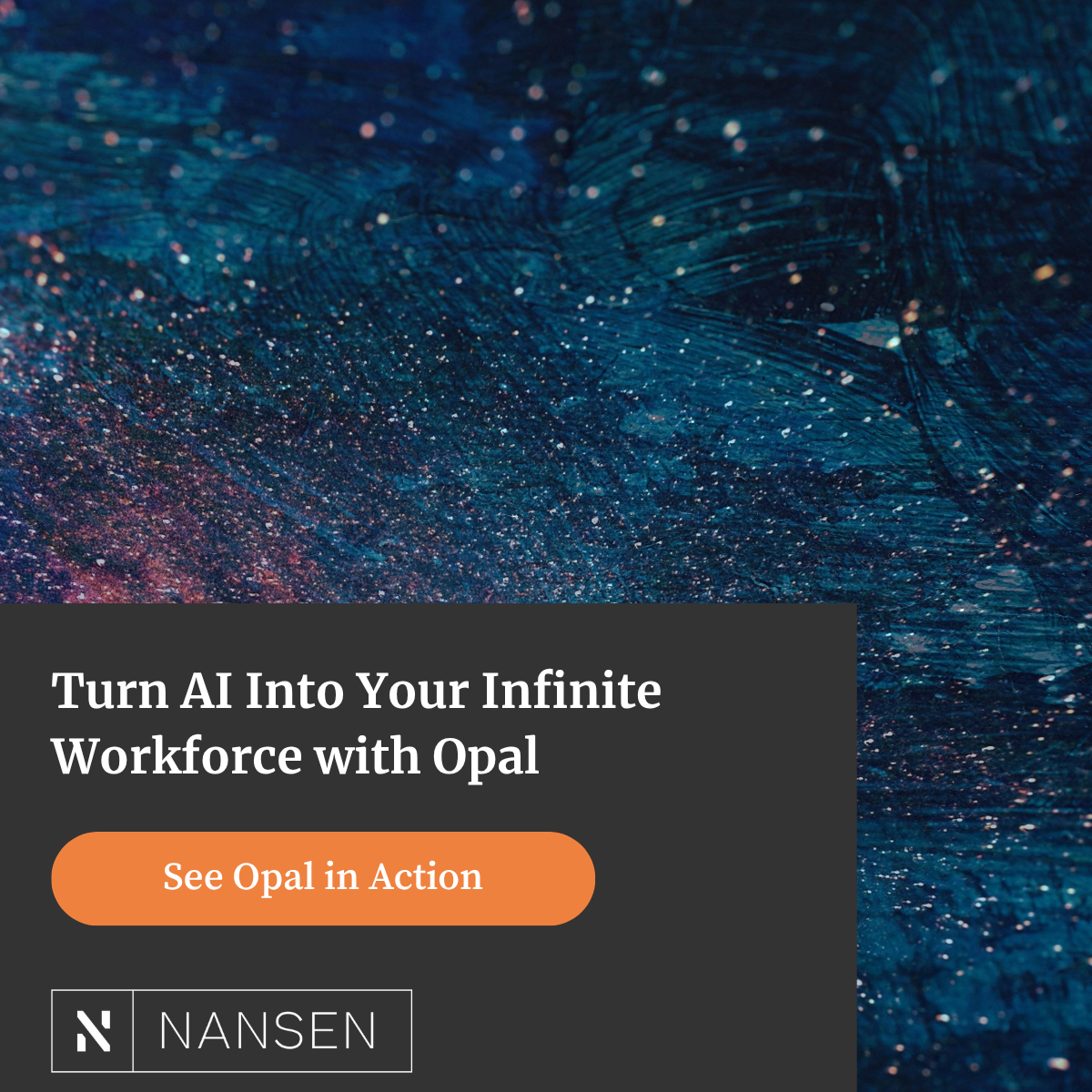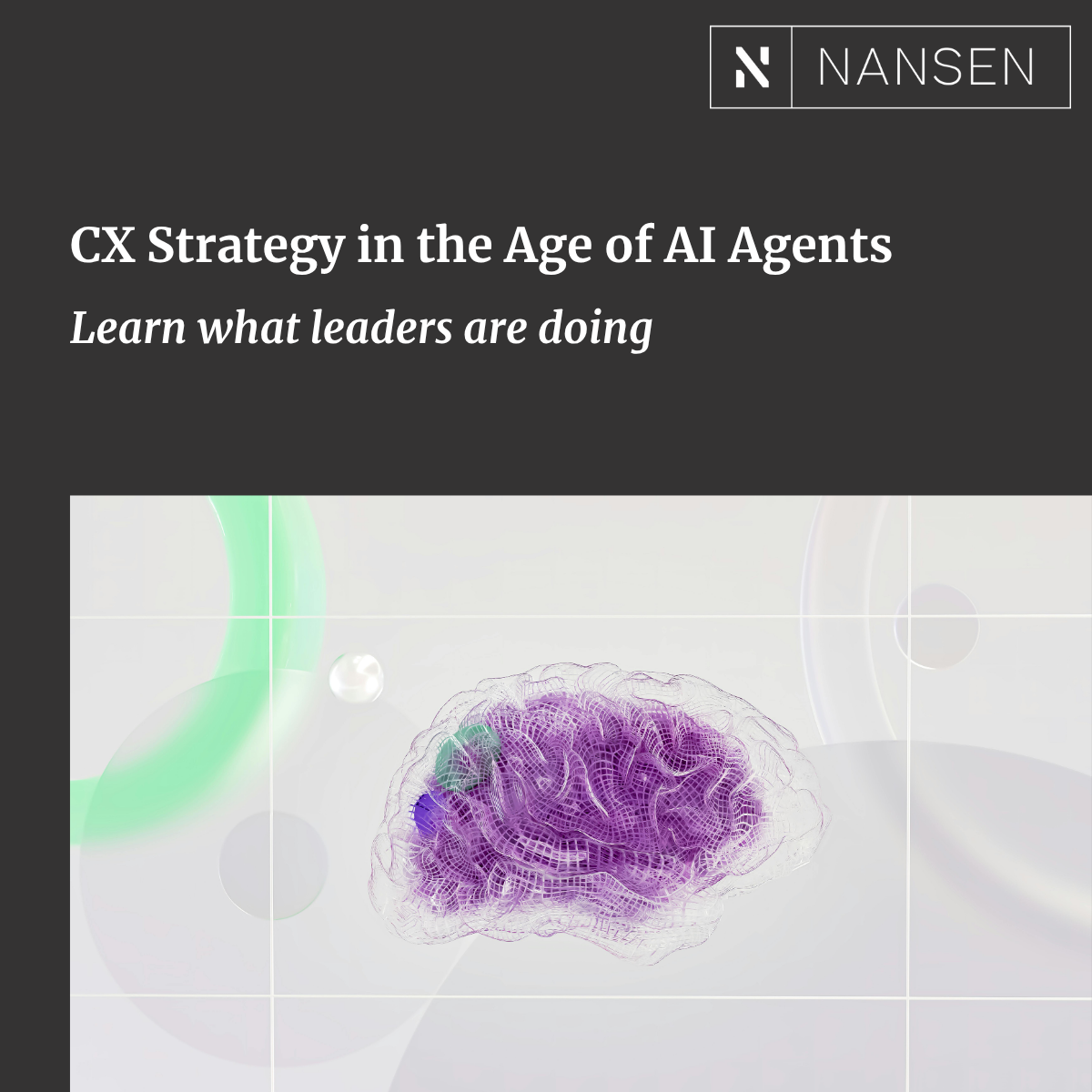In my previous post, I talked about how to empathetically listen so your customers will talk to you. Here we will cover how to segment your users to avoid personalization paralysis.
1. Create "Data-driven" personas
A twitter style intro to personas: "Fictional representations of a segment of buyers. A very basic example, we could create a persona called Isaac Macintyre who would represent 25,000 users who are aged 20 - 30, and who live in the San Francisco area."
One thing we should avoid is having guesstimates or vague assumptions around some facts we use to build out our personas. We are looking to use our personas as a starting point which we will use throughout this journey so want to have them built on a strong foundation.

This is where the concept of having "data-driven" personas can be useful. Data-driven personas are built on real data reflecting users behavior and they enable us to have an understanding of each segment and what motivates them
Some ways we can make our personas data-driven can be:
- Analytics - Google Analytics being the most commonly known.
- Phone or in-person interviews - If you're not close to your customer perhaps you can speak to someone in the organization who is or at least have someone who can act as the voice of the customer.
- Web and exit surveys - (Think qualaroo, hotjar, feedback polls, etc)
Another way to get data is by utilizing companies who can perform this research on your behalf. Say for example you are releasing a new product or service into a new geographic region or speed to market is key. These companies can look to perform this research on your behalf and provide you the results in days or even hours shortening your research cycle.
Concrete example

Let's walk through an example. Let's say we are a pet food manufacturer, we sell direct to consumer through our website and also to well-known pet stores throughout the US. There is a growing new trend in raw pet food which some of our competitors have started to see returns on. We are ready to launch our product and we would like to sell it to a new geographic region.
As we mentioned some of our other competitions have started to sell their products in the same region meaning that time to market is key. So we have reached out to our survey company they have gathered information which we have used to generate the below persona.

2. Review the Customer Journey
Now that we have created our personas, it's time to look at the customer journey. The important aspect here is that there is not one journey for all personas.

I want to introduce what we call our digital path to purchase, which we see as the same whether you are buying a stick of gum or purchasing a BMW. There are 5 steps starting at the initial brand consideration, and our goal to have the user stay on the right-hand side of the loop with us as a loyal customer. At some point, they may fall out of the right-hand side and we will need to work to get them back over.
With the above in mind, consumers today are using multiple devices to learn, compare, share, consume and make purchasing decisions. Increasingly, the journey spans a number of touchpoints, from websites to review sites and social medial with every single experience impacting a customer's decision.

The above image illustrates how we can have 3 personas that have 3 completely different journeys. To set the scene, we still have our 5 phases (Initial Brand Consideration, Active Evaluation, Purchase Decision, Experience and Loyalty) across the top of the illustration. We have then looked to break these down into sub-phases which our persona could also travel through.
So in the above example, we can see that for our Amanda Wilson persona, her journey starts in the initial brand consideration phase while having some form of interaction with a digital display (perhaps while waiting at the bus stop). This then takes her to the active evaluation phase where she starts to do her own research on the brand through social media perhaps reaching out to her friends and other influencers.
3. Identify areas to personalize

Next, we want to take each customer journey, and build out a customer journey map that illustrates the touchpoints the user has with our brand, as well as any opportunities for us to help personalize and show the right content for the user given their step in their journey.
Summary
Summarize again the benefits of doing the above, how it directly affects bottom line and performance.
- Data-driven personas - Aim to build data-driven personas, use this data to provide insights and also validate our assumptions.
- Build out the customer journey - Building on top of our persona insights hypothesize what the customer journey looks like for each persona across their multiple touchpoints. Remember… not ever user has the same journey
- Find areas in the journey to personalize - Take a deep dive through each persona's journey to find potential areas and/or touchpoints we can look to personalize.
Ready for Part 2? Continue reading here.













